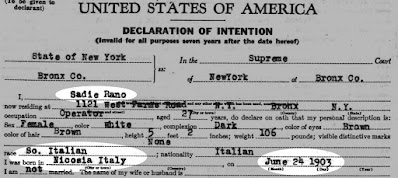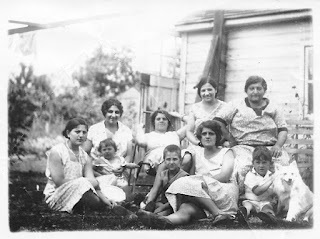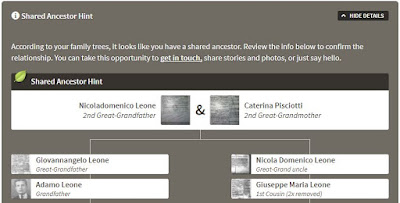Are you finding out about the roots your family never discussed? Is it a giant puzzle that makes a complete picture of you? Is it simply a really fun hobby? Or are you trying to prove kinship for legal purposes?
For me, it's been all about the fun. The discovery. The confirmation of my deep roots in four Italian towns.
After 15 years or so and access to a treasure trove of Italian vital records, I've built my tree up to more than 19,000 people.
As amazing as my progress has been, many of the Italian documents I need for a few of my branches are not available online. Some of my branches are at a standstill.
So what happens next? Is it time for me to make the leap and hire a professional genealogist?
Genealogy is a hobby that will fill as much time as you're willing to give it.
So, even if you consult a professional to work on your tree, there's still tons of fun research for you to do on your own. For the rest of your life!
I've reached that point. I've gotten as far as I can with some branches. It's time to call in the pros.
I found someone I trust who specializes in research in my ancestral Italian region.
If you're thinking about hiring a pro, consider these points to get the best bang for your buck.
- Which branch of your family tree is at a standstill and is the most important to you? For me, the branch that contains the relatives I grew up with is proving to be the most difficult to trace.
- Which ancestor's roots can only be traced by searching records at the source? For example, have you traced your tree back to the beginning of civil records? Can you go further back in time only by accessing church records at the local parish?
When you choose your area of focus, create a full report of everything you know and how. Share the report with your professional genealogist. Be very specific about what you want to learn.
Do you have a family story you'd like to prove or disprove? Do you want to learn details about an ancestor's life? Do you want to build out their tree with all their siblings and several generations?
Going through this exercise of preparing to tell someone all you know and what you want to know will be very helpful. It will show you where you can benefit the most from hiring a professional genealogist.
I'm starting this process now. It will be some time before I can tell you the results, but I promise to share the details and lessons learned with you.



















